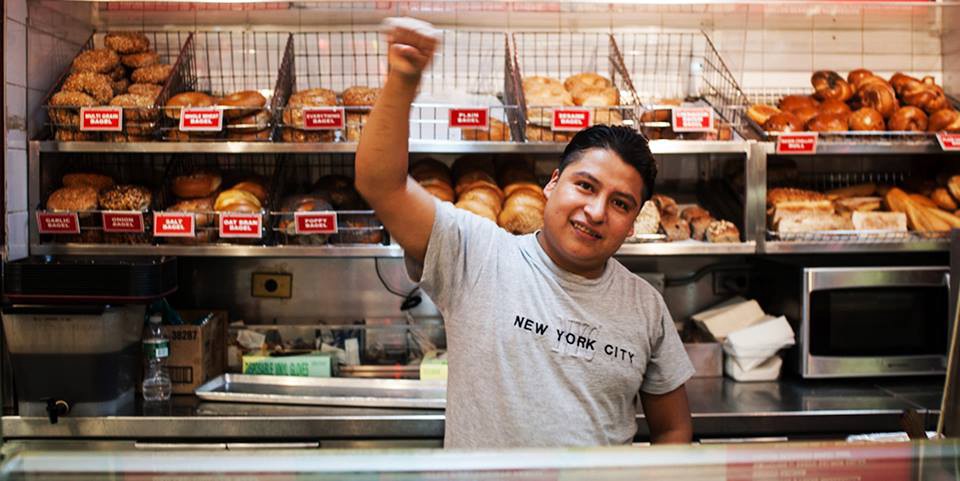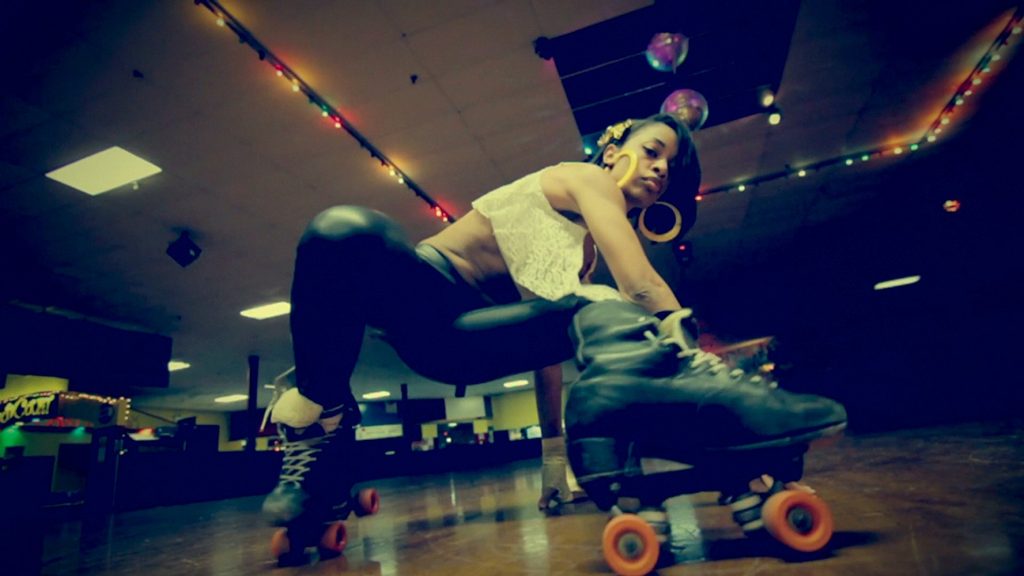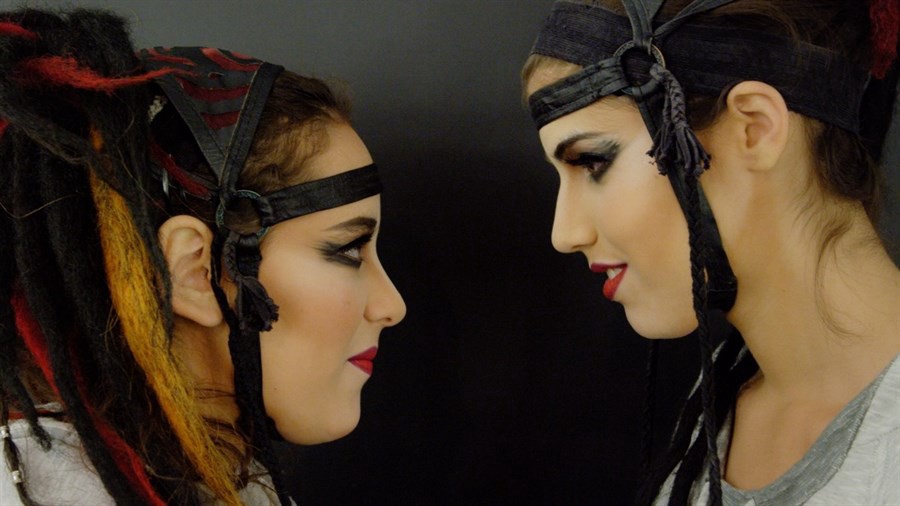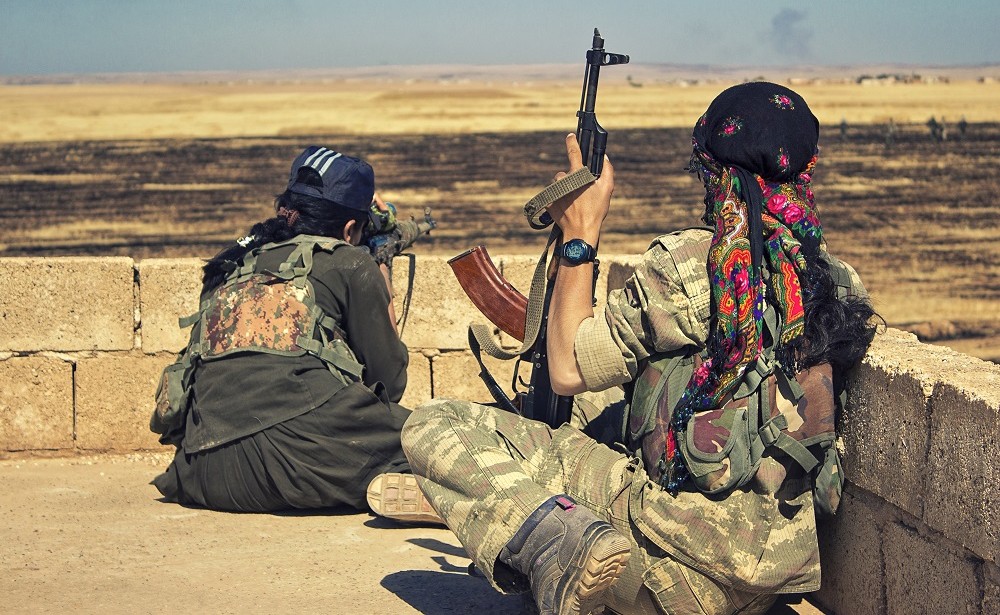Rachel
Lears’ most recent feature documentary, The
Hand That Feeds, co-directed with Robin Blotnick, won the audience award
for best feature at Full Frame Documentary Film Festival 2014, Best of Fest
recognition at AFI Docs, and the jury award for Best Documentary at Sidewalk
Film Festival. It was featured at Good Pitch NY and the Sundance Creative
Producing Lab & Summit in 2013.
Rachel’s first feature doc, Birds of Passage (2010), was supported by
Fulbright and the National Film Institute of Uruguay (ICAU), had two community
screening tours in Uruguay sponsored by the Ministry of Education and Culture,
and was broadcast nationally throughout Latin America. Her ongoing video-art
collaborations with artist Saya Woolfalk have screened at numerous galleries
and museums worldwide since 2008. Lears was a 2013 Sundance Fellow and holds a Ph.D. in Cultural Anthropology from NYU. (Rachel Lears’s official site)
The Hand That Feeds will play at DOC NYC on November 16.
W&H: Please give us your
description of the film playing.
RL: The Hand That Feeds follows a
shy, undocumented immigrant sandwich-maker named Mahoma Lopez and his co-workers
as they set out to end abusive conditions at a New York restaurant chain owned
by powerful investors. The epic power struggle that ensues turns a single city
block into a battlefield in America’s new wage wars.
W&H: What drew you to this
story?
RL: I was
drawn to the “David and Goliath” aspects of this story, the courage of the
protagonists, and the transformative arc of everyday people becoming heroes.
W&H: What was the biggest
challenge in making the film?
RL: At
first, the biggest challenge was following a rapidly evolving story in between
freelance jobs while we didn’t have any funding. Later, it became working as a
small team while rushing to finish the film quickly in order to get it out
while the issues of fast-food strikes were [still] in the news.
W&H: What do you want people
to think about when they are leaving the theater?
RL: I
would hope that people leave the theater with an invigorated sense that it’s
possible to stand up — individually and collectively — and create meaningful, local
change that really affects either their own lives or those of others.
W&H: What advice do you have
for other female directors?
RL: Learn
to shoot and edit — you can get a lot more done on a low budget this way, and if
you work with DPs or editors later, you’ll be able to engage with them
artistically at a deeper level as a director.
W&H: What’s the biggest
misconception about you and your work?
RL: I
think it might be that The Hand That
Feeds is an “activist film” or “advocacy piece” because
it does have a point of view on a controversial issue. I hope that when people
see it, they will realize that my co-director and I are actually filmmakers
first, and we’ve done our best to construct an entertaining, artistic, and
nuanced story.
W&H: How did you get your
film funded?
RL: The
first main phase of production was funded primarily by the co-directors’
in-kind investment of labor. Eventually, we were able to secure major grants
from the Sundance Documentary Fund, Latino Public Broadcasting, Chicken & Egg
Pictures, NYSCA, the Cinereach Project at Sundance Institute, and the
Bertha/BRITDOC Connect Fund.
W&H: Name your favorite
woman-directed film and why.
RL: I think perhaps La Ciénaga by Lucrecia Martel. I love its intense, rather queasy
color palette and the everyday realism of the family drama.







